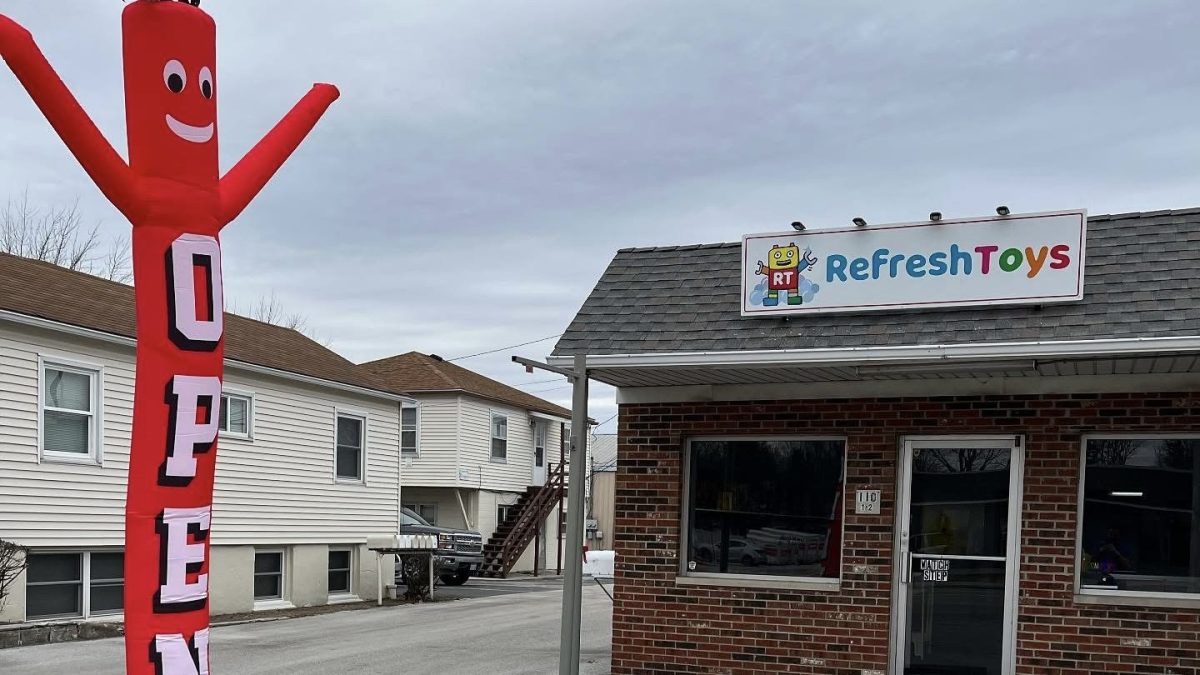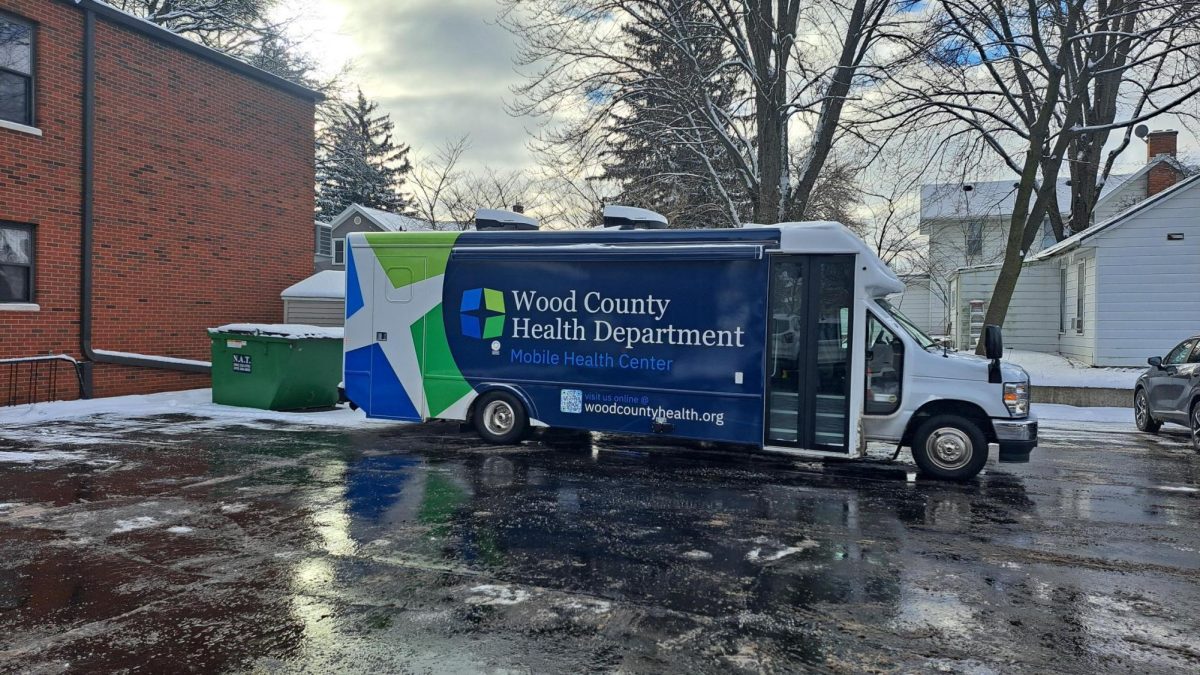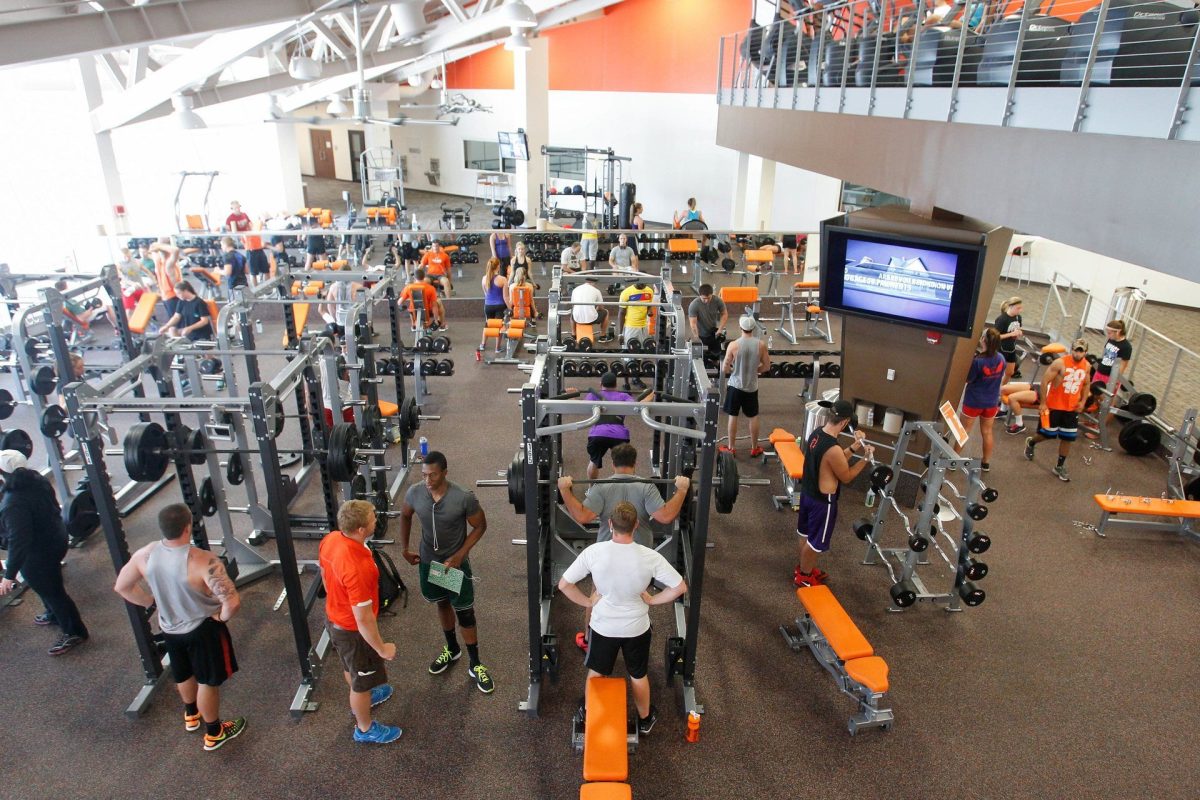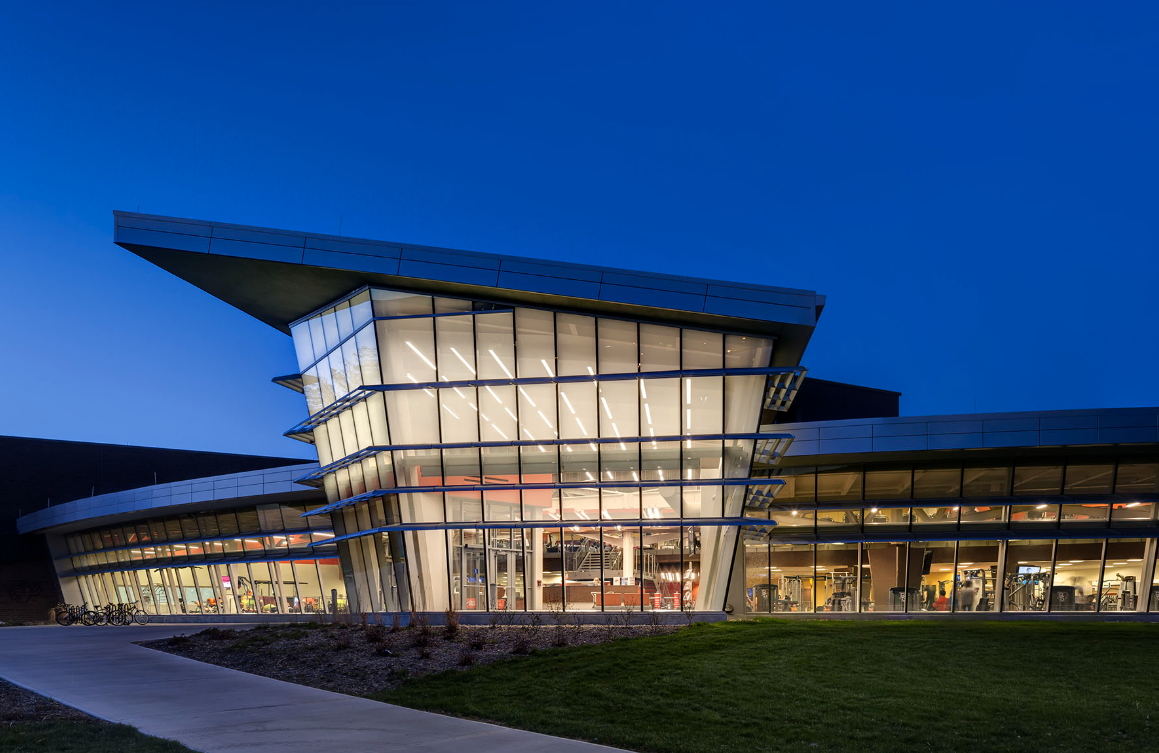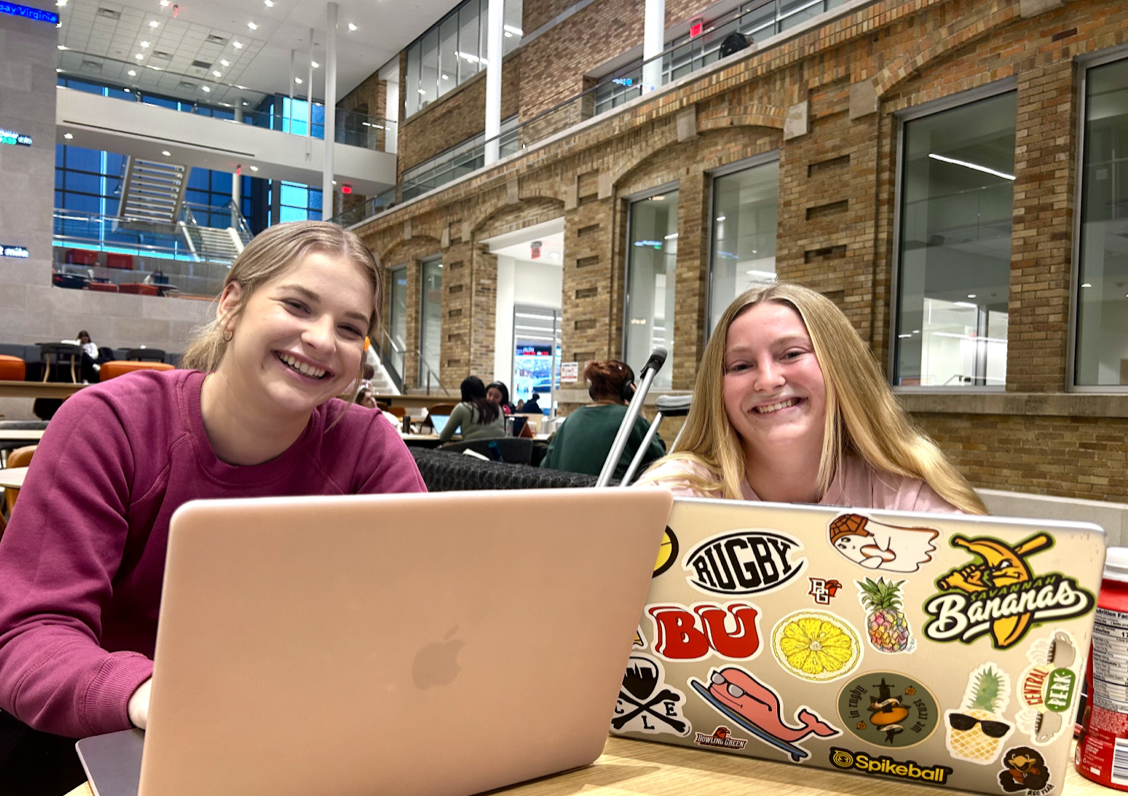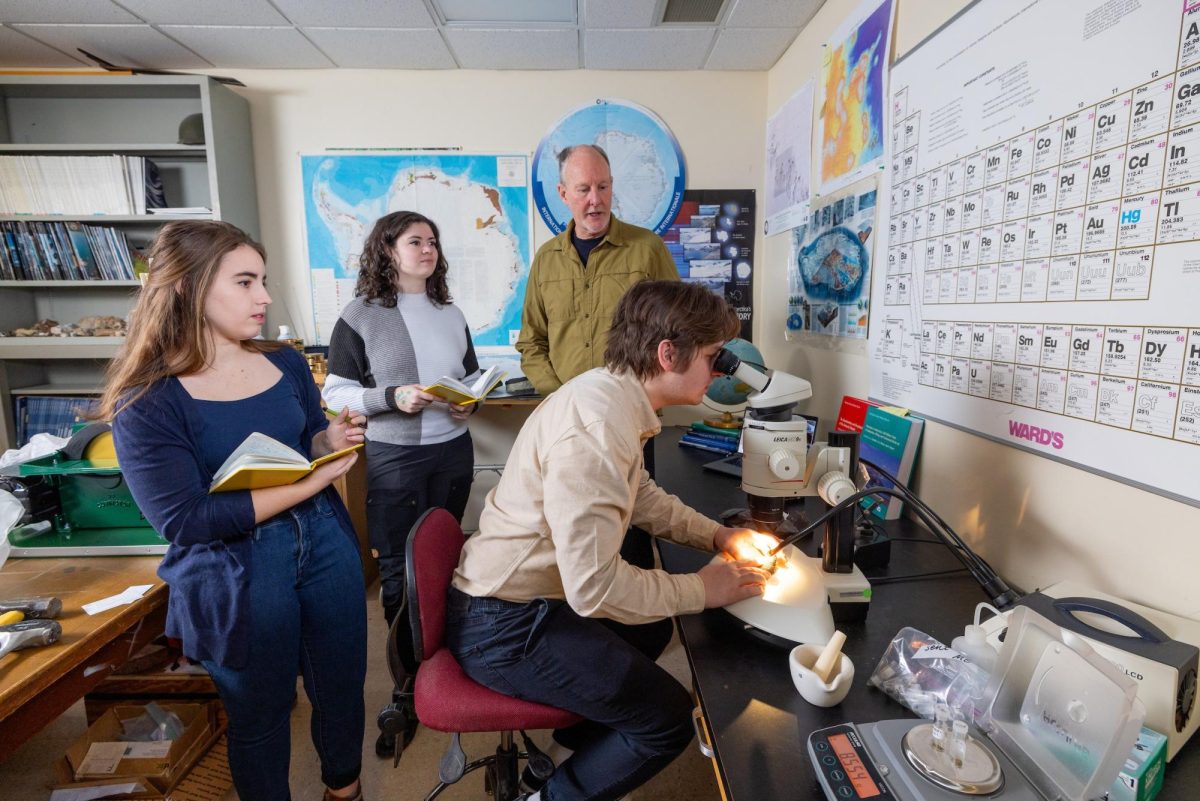The city hosted an open house Monday at the Melt Shoppe, discussing issues of property value and rental housing in the city.
The open house was an opportunity for citizens to voice their opinions and ideas of how the city should solve these issues, said Earlene Kilpatrick, executive director of the Bowling Green Chamber of Commerce.
“We’re very serious about collecting citizens’ input,” Kilpatrick said.
The city has put together a committee to solve these issues, which are made up of many different facets of the community, including citizens, businesses, city council and University representatives, said Bob McOmber, at-large city council member.
A problem highlighted during the open house was that of lowered property values in the city.
The steering committee did a survey of about 5,500 buildings, rating them on livability and need of being improved.
Properties on the west side of the city are in good condition, but the east side could use improvement, said Sandy Rowland, an at-large city council member. She said rental properties on the east side have been allowed to exist in poor condition.
“The committee found we are not even enforcing our own rules on housing,” Rowland said.
Because there are certain areas in the city which aren’t in good condition, Rowland said properties around them are also taken down in value.
In the city, 60 percent of housing is renter-occupied, and Rowland said that’s one of the things contributing to the poor condition of housing.
The city has been talking with landlords about the issue for years, but it’s a problem that is continually being addressed, said Jill Carr, steering committee member and vice president of Student Affairs.
Carr said one plan to solve this problem could be to pass new city ordinances for the upkeep of buildings.
One of the reasons the rental properties have problems with upkeep is that students live in them and don’t keep houses in good condition, said Mark Remeis, steering committee member.
To improve life in the city and relations between campus and downtown, Remeis says the city plans to make downtown more accessible with bike lanes.
“[Improving campus and downtown relations] is a key part of the whole plan,” he said.
Remeis also mentioned the problem of students living in what were once single-family houses, which are now rented out to multiple people. He said these “non-conforming” houses can conflict with families and older residents who don’t want to live near students.
Buki said in cities such as Bowling Green, these issues arise often. He said the University relies on the private market for student housing and it can be hard for people of different ages and backgrounds to be good neighbors.
“College towns have these struggles,” he said.
Michael Penrod, director of the Wood County Public Library and community member, was impressed with the details and data presented.
Penrod thinks while students who live in non-conforming housing can present problems, it something all cities like Bowling Green have to deal with.
“It’s a reality of life in a college town,” he said. “You can’t blame all the students who are renting.”
He said while the city should work with rental owners, it should be careful in how it does so.
“[The city] has to work with property owners, you can’t force them,” he said.
While the city has found that property values and conditions have dropped on the east side, city resident and landlord Floyd Craft said he thinks property values have either been improving or static.
Craft said while there may be certain areas of the city that aren’t in great condition, overall the city is in good condition.
Resident Jerry Wicks recognizes the problems with rental properties, but knows it will take years to solve the issue.
Wicks thinks it’s important for the city to upkeep the quality of properties and prevent them from becoming “slums.” He said he thinks it’s good that the city has economic entrepreneurial spirit, but people need to be responsible.
“A lot more work needs to be done,” he said. “To think that housing has been allowed to be in a deplorable shape, that’s not good.”
Mayor Richard Edwards said he likes the community engagement because it will help to bring more clarity to the issues at hand.
There hasn’t been community involvement with land use issues since 1987, Edwards said, and he is glad it is happening after so long.
“I don’t want to say it’s overdue, but I’m so glad we were able to put this into motion,” he said.
One of the reasons the city is trying to improve itself is to be competitive with other cities in Ohio, said Emily Monago, member of the steering committee and director of Multicultural Affairs at the University.
She said much like businesses compete, so do cities, and one of the strategies for the city is to work with the University.
Charles Buki, a Virginia-based consultant for urban planning and design, said community input is vital for these types of issues. He thinks it’s important to get community reactions and make changes accordingly.
“You want to reach out to the community and have the community weigh in,” he said.
Citizens of Bowling Green can submit a future land use survey by going to bgohio.org.
The next step for the committee is to compile all the data received from the open house and present it to the planning commission, which will likely be ready by the end of the summer, said Heather Saylor, city planning director.



